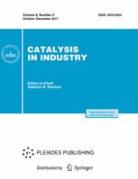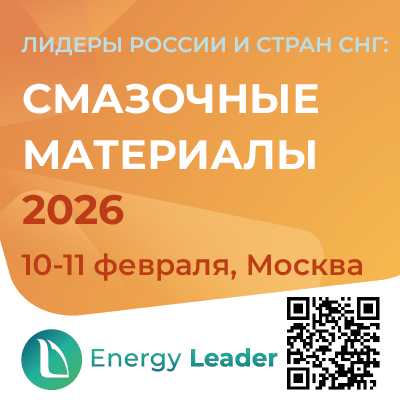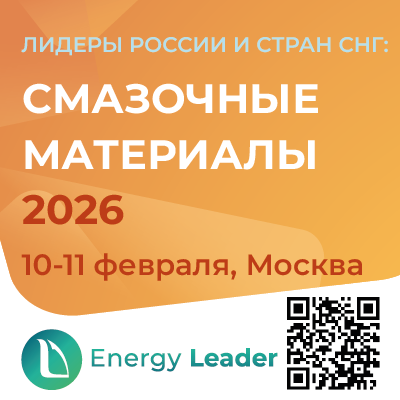CATALYSIS IN CHEMICAL AND PETROCHEMICAL INDUSTRY
Ethanol is one of the promising sources of hydrogen (synthesis gas), including in various energy applications. The production of synthesis gas from ethanol is possible in various ways, for example, such as steam and steam-air conversion, which are endothermic and thermoneutal reactions, respectively. Control and management of heat and mass transfer during the occurrence of these reactions is an important task, which can be solved through the use of catalysts on heat-conducting metal substrates. This paper presents the results of a study of the physicochemical properties of Pt, Rh, Pd, Ru, Ni, Co-containing structured catalysts deposited on a FeCrAl mesh support, studied in the processes of steam and steam-air conversion of ethanol. Among the tested samples, the ruthenium catalyst showed the greatest efficiency in the processes of steam and steam-air conversion of ethanol, providing an equilibrium composition of the products without visible signs of carbonization.
To improve the efficiency of catalysts for methane tri-reforming, the effect of pretreatment conditions of the Ce0.2Ni0.8O1.2/Al2O3 catalyst on its physicochemical and functional properties was studied. A set of methods (thermal analysis, low-temperature nitrogen adsorption, X-ray phase analysis, electron microscopy, temperature-programmed reduction with hydrogen) has established that varying the composition of the gaseous medium (oxidizing, inert, reducing) used during pretreatment at 800 °C allows one to adjust the textural, structural and redox characteristics of the catalyst and, as a consequence, its functional properties. It has been shown that in the series of compositions of the gas environment used in the pretreatment of the catalyst, oxidative → inert → reducing, an increase in the specific surface area and dispersion of the active component is observed, but a decrease in the resistance of the sample to reoxidation and coking. It has been established that the highest and most stable performance of the methane tri-reforming process (H2 yield – 86 % at CH4 conversion – 95 %) is provided by the catalyst after pretreatment in an inert environment due to the implementation of the optimal degree of metal-support interaction and an increase in the concentration of centers involved in CO2 activation.
Using a new modification of a highly active vanadium-magnesium catalyst (VMC), data were obtained on the effect of hydrogen and hexene-1 content on the catalyst activity and the molecular structure of the resulting polymers. It was found that the formation of polyethylene (PE) with a wide bimodal molecular weight distribution (MWD) on VMC is associated with the presence of two groups of active centers in these catalysts, differing in their reactivity in the polymer chain transfer reaction with hydrogen. It was also found that the presence of hexene-1 during copolymerization leads to an additional broadening of the MWD of the copolymer due to a predominant decrease in the molecular weight of the copolymer in the low-molecular region. At the same time, the active centers of the VMC, producing a high-molecular polymer, practically do not participate in the chain transfer reaction with hexene-1. At the same time, these centers are more reactive in the reaction of insertion of hexene-1, which leads to an increased content of butyl branches in the high-molecular fraction of the copolymers. The kinetic features of highly active VMCs found indicate their promise for the production of pipe and film grades of PE using a one-reactor scheme instead of a two-reactor scheme used to produce bimodal PE on traditional titanium-magnesium catalysts.
Hydrogen sulfide is a very attractive raw material for the production of hydrogen. The dissociation energy of H2S (21 kJ/mol at room temperature) is much lower than that of water (286 kJ/mol) or even hydrocarbons (76 kJ/mol for methane); moreover, the hydrogen bond energy in the H2S molecule is the lowest among all natural hydrogen compounds.
However, hydrogen sulfide has not yet found widespread industrial use as a raw material for hydrogen production. The main obstacle to the creation of an effective technology for this purpose is the very strict thermodynamic limitations of the reaction of hydrogen sulfide decomposition into elements H2S Û S + Н2 – Q.
This review is devoted to the analysis of the known approaches to the production of hydrogen and sulfur from hydrogen sulfide, their shortcomings that cause the failure of the previously proposed technologies, as well as the ways of possible creation of effective processes for this purpose. The review focuses on non-stationary cyclic processes, which can be considered one of the most promising ways to create an effective H2S decomposition technology.
The review analyzes general approaches to the organization and development of organic specialty and fine chemicals manufacture. One of the conditions for successful competition in the market of manufacturers of specialty and fine chemicals is the need to transition from individual chemical product plants to multi-assortment flexible chemical process systems. The possibilities of application of flow microreactor systems for synthesis of organic compounds of high purity produced in small quantities are considered. Based on the examples of the production technology development for some organic compounds such as captax, altax, furfural, benzguanamine, di-chloro-di-para-xylylene, the variants of complex approach for the most rational creation of these specialty and fine chemicals manufacture are substantiated.
The work investigated the process of oxidative oligomerization of Fischer-Tropsch synthesis products - a fraction of C10-C15 hydrocarbons with a total content of alkenes (mainly β- and γ-alkenes) of 64.7 wt. % using zirconium octoate as a catalyst. The hydrocarbon fraction was obtained on a zeolite-containing catalyst at a pressure of 2.0 MPa, a temperature of 250 °C, H2/CO ratio at the reactor inlet of 1.70, a gas space velocity of 1000 h-1 and circulation mode ratio range 0-16. It was found that at a temperature of 160 °C the catalyst content is 5.0 wt. %, process duration 6 hours and pressure (air) - 2.5 MPa, target fraction yield - 52.7 %. It was found that the oligomerization product has a low pour point of minus 31 °C. It was proposed to improve the viscosity characteristics of the oligomerization product by introducing additives into its composition, for example, polymethacrylates or polyisobutylene.
СATALYSIS AND ENVIRONMENT PROTECTION
The article provides a brief comparative review of various methods of tail gas treatment in sulfur production at Claus plants. The main directions for improving the quality of the treatment from the point of view of improving the environmental and economic indicators of the process are considered. The practical experience of the Boreskov Institute of Catalysis of the Siberian Branch of the Russian Academy of Sciences in the development of technologies for the treatment of tail gases of Claus installations is presented.
ISSN 2413-6476 (Online)



























